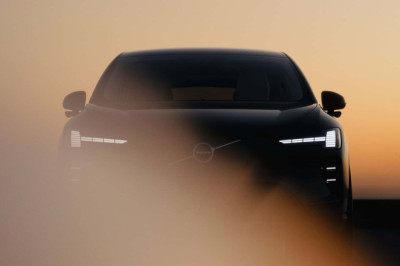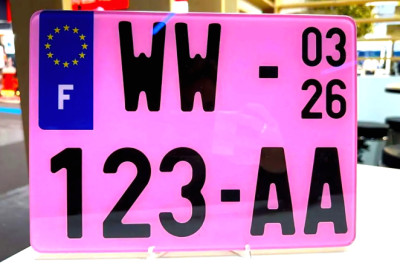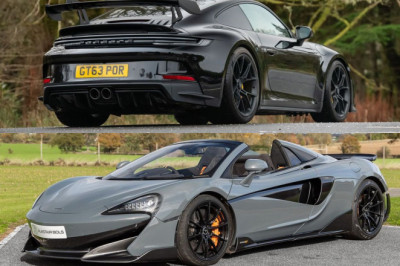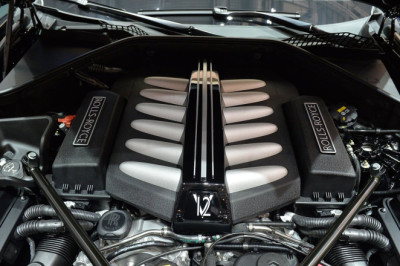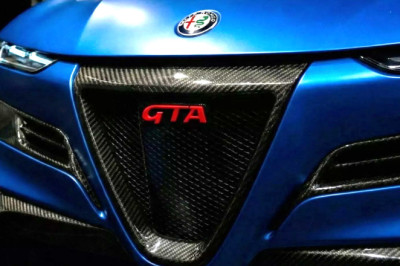
The name Lambretta is derived from the word Lambrate, the suburb of Milan named after the river which flows through the area, and where the factory was located. Lambretta was the name of a mythical water-sprite associated with the river which runs adjacent to the former production site.
Innocenti S.A. (also known as Lambretta Consortium) based in Lugano, Switzerland is the owner of the international trademark Lambretta and has licensed the brand throughout the world.
In 1922, Ferdinando Innocenti of Pescia built a steel-tubing factory in Rome. In 1931, he took the business to Milan where he built a larger factory producing seamless steel tubing and employing about 6,000. The factory was heavily bombed and destroyed during World War II. It is said that, when surveying the ruins, Innocenti saw the future of cheap, private transport and decided to produce a motor scooter, competing on cost and weather protection against the ubiquitous motorcycle.
The main stimulus for the design style of the Lambretta and Vespa dates back to pre-World War II Cushman scooters made in Nebraska, United States. These olive green scooters were in Italy in large numbers, ordered originally by the United States military as field transport for the paratroops and marines. The United States military had used them to get around German defence tactics of destroying roads and bridges in the Dolomites (a section of the Alps) and the Austrian border areas.
Aeronautical engineer General Corradino D'Ascanio, responsible for the design and construction of the first modern helicopter by Agusta, was given the job by Ferdinando Innocenti of designing a simple, robust and affordable vehicle. It had to be easy to drive for both men and women, be able to carry a passenger and not get its driver's clothes soiled.
D'Ascanio, who hated motorbikes, introduced many changes to his vehicle. It was built on a spar frame with a handlebar gear change and the engine mounted directly onto the rear wheel. This basic design allowed a series of features to be deployed on the frame which would later allow quick development of new models.
However, D'Ascanio fell out with Innocenti, who rather than a stamped spar frame wanted to produce his frame from rolled tubing, allowing him to revive both parts of his pre-war company. D'Ascanio disassociated himself from Innocenti and took his design to Enrico Piaggio who produced the spar-framed Vespa from 1946 on. Innocenti started production of Lambretta scooters in 1947, the year after Piaggio started production of its Vespa models.
As wealth increased in western Europe in the late 1960s, the demand for motor scooters fell as the small car became affordable to more people and Lambretta sales started to decline, as did the financial status of parent company Innocenti. The British Leyland Motor Corporation took advantage of Innocenti's financial difficulties and their production and engineering expertise and contracted Innocenti to produce cars under licence from BLMC. The Innocenti Mini used the mechanical components of the original, but was in many ways superior to it.
Innocenti was eventually sold to BLMC. Unfortunately, lack of foresight had caused BLMC to join a fashion trend that was ending rapidly. Long industrial strikes in BLMC ensued; motor-scooter sales declined sharply, and Innocenti finally closed shop in 1972. Scooter sales in many of Lambretta's export markets, such as India and Indonesia dropped precipitously as light Japanese motorcycles replaced scooters. As of 2017, The Lambretta Consortium has re-launched the "Lambretta V-Special" model.
There are still clubs across the world, both national and local clubs, devoted to the Lambretta scooter. The clubs still participate and organize ride outs and rallies which regularly take place during weekends over the summer months and have high attendance, some rallies achieve 2,500 paying rally goers. Across the UK there are many privately owned scooter shops which deal with everything Lambretta, from sales, services, parts, tuning, performance and complete nut and bolt restorations.
In Brazil, "lambreta" is used as a synonym for "scooter", being listed at the Novo Dicionário da Língua Portuguesa, one of the country’s main dictionaries, as a noun/substantive.
The small village of Rodano, near Milan, hosts the biggest Lambretta museum in Europe and the Innocenti archives. In the collection are also several non-Lambretta scooters, including some first models from the 1910s and US Army scooters parachuted over Normandy in 1944.
In Weston-super-Mare, England, there was a Lambretta Scooter Museum which housed a total of 61 Lambretta models – at least one from each year between October 1947 through May 1971. It also housed a large amount of Lambretta memorabilia. This museum and collection was sold in early 2007 and re-opened on 8 August 2008 following refurbishment. It has subsequently closed.
In 1997 the UK-based Lambretta Clothing brand of clothing and accessories was founded. The company is currently part of Lambretta Consortium.






